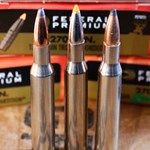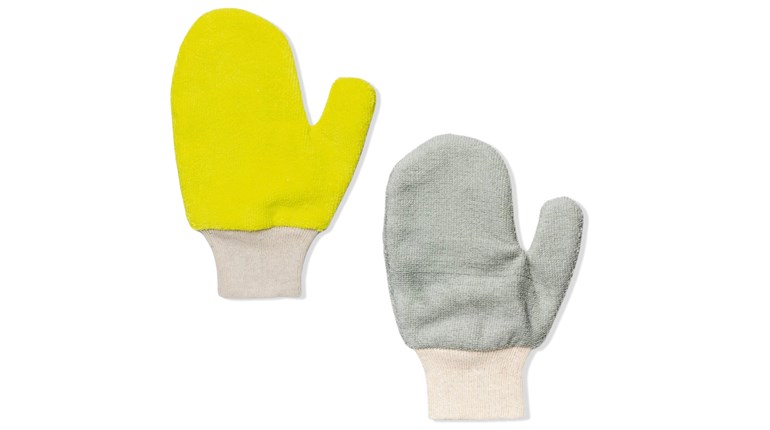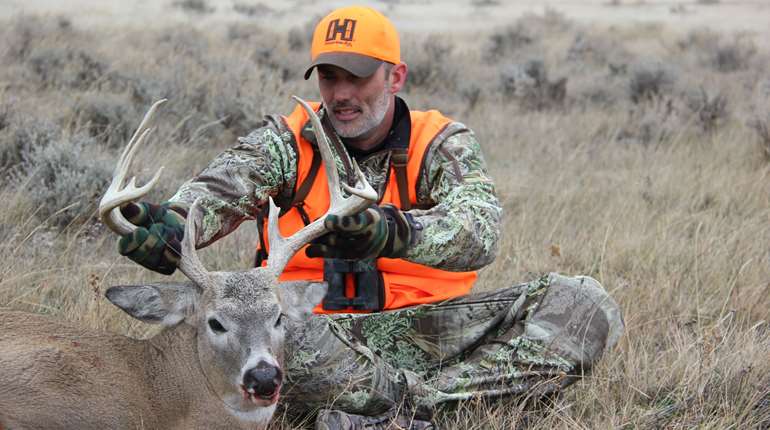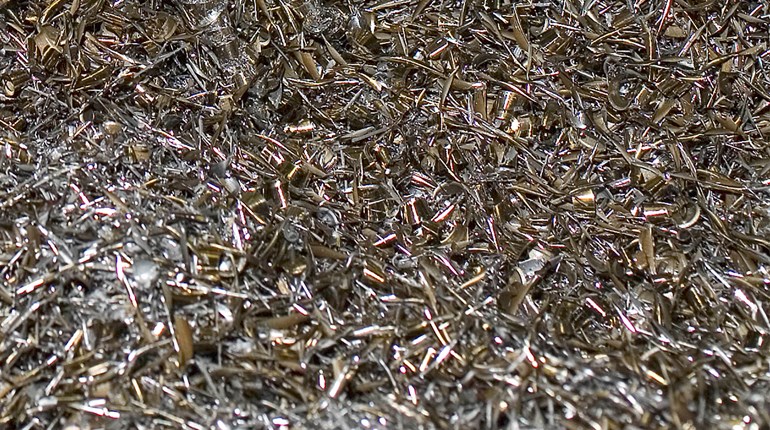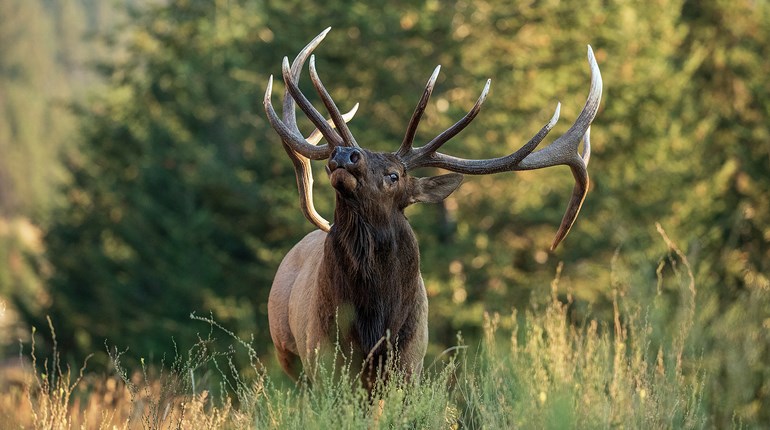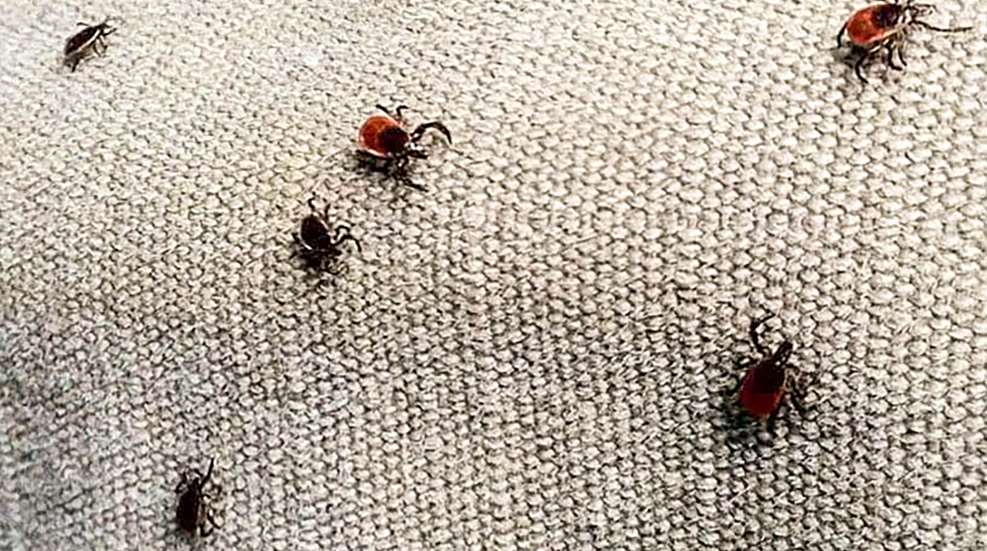
You’ve hung up the turkey calls, oiled the bear rifle, and you can hear the kiddies rejoicing for summer vacation. As a hunter—especially as one who isn’t an avid fisherman—this can be a dry time of year. While I enjoy time at the beach, carrying a rifle there tends to upset some folks, so I look for other means to scratch the hunting itch.

Some years, an African safari is on the menu, as the Southern hemisphere is in their winter, but here at home in the Northeast, woodchucks are definitely on the menu, and the war with the red squirrels is never ceasing. We don’t have feral hogs here in New York (at least not available to hunt legally) but there are many around the country that have that opportunity. Prairie dogs are a big deal in the middle of the country, and with good reason: they offer a target-rich environment and the action is usually hot and heavy. All of this summer hunting comes at a price, and I mean more than the risk of a sunburn. There are a number of potential hazards, pitfalls and some downright scary situations which anyone heading afield in the summer should be aware of, and they all apply to hiking, camping, berry-picking, frolicking and general summer adventures.

Mosquitoes and Biting Flies
I remember the time I took my (then teenaged) daughter on a hike in the Adirondacks, not far from Speculator, New York. The hike had a slightly selfish facet, as I was scouting for the early bear season coming up in early September, but I always enjoy outdoor time with my kid. Like most teenage girls, she was wearing a shirt that didn’t really cover a whole lot, and we both regretted that fashion choice about a half-mile down the trail, when the deer flies began to attack in formation. The welts were nearly as bad as the teenage complaining on the way home, despite terminating the hike. Biting flies—deerflies, horseflies, blackflies, mosquitoes, midges and more—can ruin a good time, quickly. As a Licensed Land Surveyor, I've probably been bit by everything the Hudson Valley has to offer in the fly department, and none of them are fun. Among the scourges of summer, these can be combated most easily. Depending on your choice of bug repellant, you can probably ward off the majority of these blood-sucking parasites. Avon’s Skin-So-Soft was always touted as a cure-all for mosquitoes and flies, though I’ve found that product to be less than effective. As a kid, surveying with my father, we’d use the bug dope containing 100 percent Deet, but the grown-ups now say that’s no good for you. I kind of figured that out when it melted the plastic handles on the machetes, and peeled the paint from the truck fenders. These days, I have knuckled under and embraced the wife’s essential oil concoction of eucalyptus, lemon grass, lavender and rosemary. I might smell a little less masculine than I’d desire, but it actually seems to work, without the nastier chemicals.

Snakes
Snakes are reptiles, and reptiles like warm weather. The garter snake living in the stone wall around the garden is relatively harmless, but the copperheads, cottonmouths and rattlesnakes are a whole different ball of wax. My best advice regarding snake encounters is to let them be, or reverse course and find a different path to your destination. If you are forced to deal with the situation, there are a number of snakeshot loads available in varying pistol cartridges. I like the CCI Big 4 and Hevi-Bismuth, which use lead or bismuth shot, as well as the DoubleTap Snakeshot Defense, which couples a solid projectile with a load of shot. Again, I don’t go out of my way to fool with those that slither, but I also carry insurance.

Poison Ivy/Oak/Sumac
Oh, there’s nothing like crawling over a small rise on the edge of a beanfield to end the career of a rogue woodchuck, when you realize you’ve been crawling through an ocean of low-level poison ivy. The oozing blisters, the unrelenting itching, and the scabs—oh the scabs!—all add up to a miserable experience. While poison ivy grows on a vine, and is usually most evident growing up the side of a tree or telephone pole, but will assuredly grow along the ground as a creeping vine. “Leaves of three: let them be” is the old adage, and it is absolutely true. Tree vine will have five leaves, but poison ivy will always have clusters of three leaves. Those leaves have an oily sap called urushiol, which causes an allergic reaction on the skin, though touching the bare vines in winter can cause the same reaction. Poison sumac is a small tree, usually with whitish-green berries, resembling a young ash tree. I once cut one to make a stake to mark a property corner; that was one of the longest summers of my youth. It grows in wet, swampy areas, and I find the reaction to be worse than that of poison ivy, and I hope you never have to find out for yourself. Poison oak doesn’t grow in my part of the world, but I've heard the horror stories. It is similar to poison ivy, but can grow in clusters of five or even seven in addition to the common clusters of three leaves. If in doubt, wear long pants and long sleeves when headed outdoors, and wash your hands with Dawn; it’ll help get the oils off of your skin.

Ticks
These little bastards have become a plague for the outdoorsmen and women in the Northeast, and seemingly across the country. We are just over the border from Lyme, Connecticut, and we’ve been dealing with Lyme ticks for the last 35 years in Dutchess, Columbia and Greene counties in New York. In their nymph stage, they are no bigger than flakes of black pepper; the adult phase sees the females with a red spot on their back, while the males remain black. There are dozens of tick borne diseases, with the most prevalent being Lyme disease. The majority of the diseases—anaplasmosis, and ehrlichiosis and more—are, like Lyme disease, caused by a bacterial spirochete, and can be arrested with an antibiotic. Being the proud owner of Lyme disease since 2007, I can tell you that you don’t want it. Between hunting and surveying, I've had days where I’ve brushed as many as 300 ticks off me in a single day.
 Deer tick in nymph stage.
Deer tick in nymph stage.
Babeseosis is a parasitic infection commonly transmitted by ticks, and that is no cakewalk either. But the really scary thing about a tick bite, at least here in the Hudson Valley, is the Powassan virus. Named for the Town of Powassan in Ontario, Canada, this virus doesn’t have a strong survival rate, and that’s terrifying. It causes encephalitis, and I can attest to that first-hand, as I nearly lost one of my best friends to Powassan back in 2018. Use a good tick spray—Ranger Ready is a good one—with a high quantity of Picaridin or Permethrin, and it’ll help ward those eight-legged demons away. Spray your clothes well, and when you get home, strip to your birthday suit and give yourself a thorough inspection. Most times, a tick will need to be in you for 24 hours to transmit the disease, but the faster you can get it out, the better off you’ll be. The Lone Star tick can give you Alpha-gal Syndrome, which causes an allergy to red meat (heaven forbid!), and Rocky Mountain Spotted Fever is transmitted from American dog ticks, wood ticks and others. The best way to avoid tick-borne diseases is not to get bit. Insect repellant and thorough inspection will be your best choices.

There are other nuisances, like spiders, bees, hornets (don’t get me started about white-faced hornets), wasps, chiggers and other summertime characters, but those usually don’t show up with the frequency of the others mentioned above. Find an insect repellant which works best for you and use it appropriately, and look forward for fall weather.



